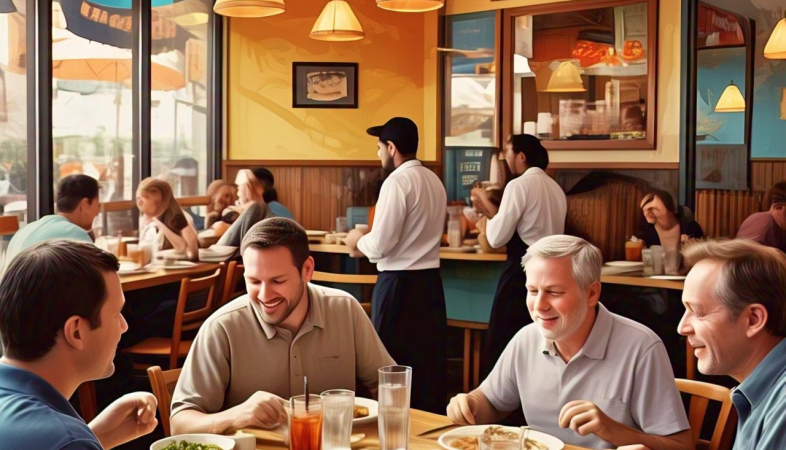The Power of Dynamic Pricing: AI-Based Rate Optimization for Hotels and Restaurants
Traditional static pricing models often fail to capture the complexities of consumer demand, seasonal fluctuations, and competitor rates.
In today’s fast-paced hospitality industry, pricing
strategies can make or break profitability. Traditional static pricing models
often fail to capture the complexities of consumer demand, seasonal
fluctuations, and competitor rates. This is where artificial intelligence (AI)
is revolutionizing the game, allowing hotels and restaurants to implement
dynamic pricing—an automated, data-driven approach that adjusts rates in real
time based on various market factors.
AI-driven dynamic pricing enables hospitality businesses to optimize revenue by analyzing historical data, market trends, and customer behavior. In hotels, AI-powered revenue management systems assess demand patterns, occupancy rates, and external factors like local events or weather conditions to adjust room prices dynamically. Instead of relying on manual rate updates, hotels can now leverage machine learning algorithms to predict peak booking periods and set competitive rates that maximize revenue without discouraging potential guests.
For restaurants, AI-based pricing can be equally transformative. Dynamic pricing models help adjust menu prices based on time of day, demand surges, or inventory levels. For example, a restaurant may implement lower prices during off-peak hours to attract more diners, while premium pricing can be applied to high-demand time slots. AI can also track ingredient costs and suggest menu price adjustments to maintain profit margins without alienating customers.
The power of AI lies in its ability to personalize pricing based on customer segmentation. By analyzing guest preferences, spending habits, and booking history, hotels can offer tailored discounts or package deals to specific customer segments. Similarly, restaurants can use AI-driven insights to create loyalty programs with personalized offers, encouraging repeat visits while optimizing revenue per customer.
One of the key benefits of AI-based dynamic pricing is its ability to maintain competitiveness in an ever-evolving market. Hotels can track competitors' pricing strategies in real time and adjust their rates accordingly to attract bookings without underpricing. Restaurants, especially those in high-traffic areas, can use AI to balance supply and demand, ensuring that they maximize sales without compromising customer experience.
Despite its advantages, implementing AI-driven dynamic pricing requires careful execution. Transparency is crucial—customers are more likely to accept fluctuating rates if they understand the reasoning behind them. Hotels and restaurants must also ensure that dynamic pricing remains ethical and does not alienate customers with excessive price changes. When used effectively, AI-powered pricing strategies can enhance profitability, improve customer satisfaction, and create a more responsive and data-driven approach to revenue management.
As AI continues to evolve, dynamic pricing is set to become a standard practice in hospitality. By leveraging smart algorithms, businesses can not only maximize revenue but also provide better value to customers, ensuring a win-win scenario for both operators and guests.
.png)




























